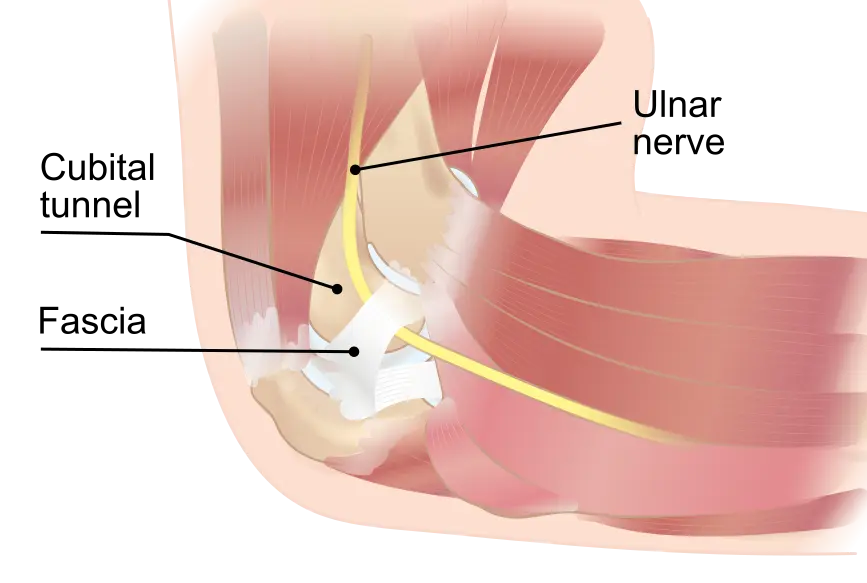Peripheral Neuropathy, a condition characterized by damage or dysfunction of one or more nerves outside the brain and spinal cord, manifests through symptoms such as pain, tingling, numbness, and muscle weakness, primarily in the hands and feet. Its etiology is diverse, ranging from diabetes, autoimmune diseases, infections, inherited disorders, to exposure to toxins and medications. Given this diversity, diagnosing Peripheral Neuropathy, determining its severity, and identifying its cause are paramount for effective management and treatment. In this complex diagnostic landscape, Electromyography (EMG) and Nerve Conduction Studies (NCS) have emerged as essential tools.
EMG/NCS: Diagnostic Powerhouses in Peripheral Neuropathy
EMG and NCS are neurophysiological tests that measure the electrical activities of muscles and the speed and strength of nerve signals, respectively. They are often conducted together to provide a comprehensive evaluation of the peripheral nervous system’s function. Their utility in diagnosing Peripheral Neuropathy, assessing its severity, and elucidating its causes is unmatched.
- Diagnosing Peripheral Neuropathy: EMG/NCS can confirm the presence of Peripheral Neuropathy by detecting abnormalities in nerve and muscle function. NCS measures how quickly and efficiently nerve signals travel along a nerve or from a nerve to a muscle. Slowed conduction velocities, reduced amplitude of signals, or both can indicate nerve damage consistent with neuropathy. EMG assesses the electrical activity of muscles at rest and during contraction. Abnormal spontaneous activity or changes in the pattern of muscle activation can further confirm nerve damage. Together, these tests can differentiate between axonal degeneration, where the nerve’s axon is damaged, and demyelination, where the nerve’s myelin sheath is compromised, providing insight into the type of neuropathy.
- Determining Severity: The degree of abnormality detected by EMG/NCS correlates with the severity of the neuropathy. For example, a reduction in the amplitude of nerve signals may suggest a loss of nerve fibers, while slow conduction velocities may indicate demyelination. By quantifying these abnormalities, EMG/NCS can help grade the severity of the condition, influencing both the prognosis and the choice of treatment.
- Identifying Causes: Perhaps the most significant advantage of EMG/NCS is their ability to help pinpoint the underlying cause of Peripheral Neuropathy. Different patterns of nerve involvement can suggest specific etiologies. For instance:
-
- Diabetic Neuropathy: Typically presents as a symmetric distal polyneuropathy, affecting the longest nerves first. NCS may show reduced amplitudes and slowed conduction velocities in the affected nerves.
- Autoimmune Neuropathies: Such as Guillain-Barré syndrome or chronic inflammatory demyelinating polyradiculoneuropathy (CIDP), often show marked slowing of conduction velocities, indicative of demyelination.
- Toxic Neuropathies: Caused by exposure to heavy metals or chemotherapeutic agents, may exhibit a mixed pattern with both axonal and demyelinating features.
- Hereditary Neuropathies: Like Charcot-Marie-Tooth disease, have characteristic EMG/NCS patterns that can suggest the diagnosis even before genetic testing is considered.
- Differential Diagnosis: EMG/NCS are invaluable for distinguishing Peripheral Neuropathy from other conditions that mimic its symptoms, such as myopathies or central nervous system disorders. By specifically assessing peripheral nerve and muscle function, they help ensure accurate diagnosis and appropriate treatment.
- Monitoring and Management: Beyond diagnosis, EMG/NCS can monitor the progression of Peripheral Neuropathy or the response to treatment. Serial studies can reveal whether the neuropathy is stable, improving, or worsening, thereby guiding adjustments in management.
Conclusion
In the intricate and multifaceted world of Peripheral Neuropathy, EMG and NCS stand out for their critical roles in diagnosis, severity assessment, and etiological exploration. By offering precise and quantifiable data on nerve and muscle function, they enable clinicians to navigate the complexities of Peripheral Neuropathy with confidence. Whether pinpointing the cause in a newly diagnosed patient, assessing disease progression, or tailoring a management plan, EMG/NCS are indispensable tools in the neurologist’s arsenal. Their contribution not only facilitates targeted interventions but also holds the promise of improved outcomes and quality of life for those affected by Peripheral Neuropathy.
Contact us today for more information.
Photo by: Pixabay





